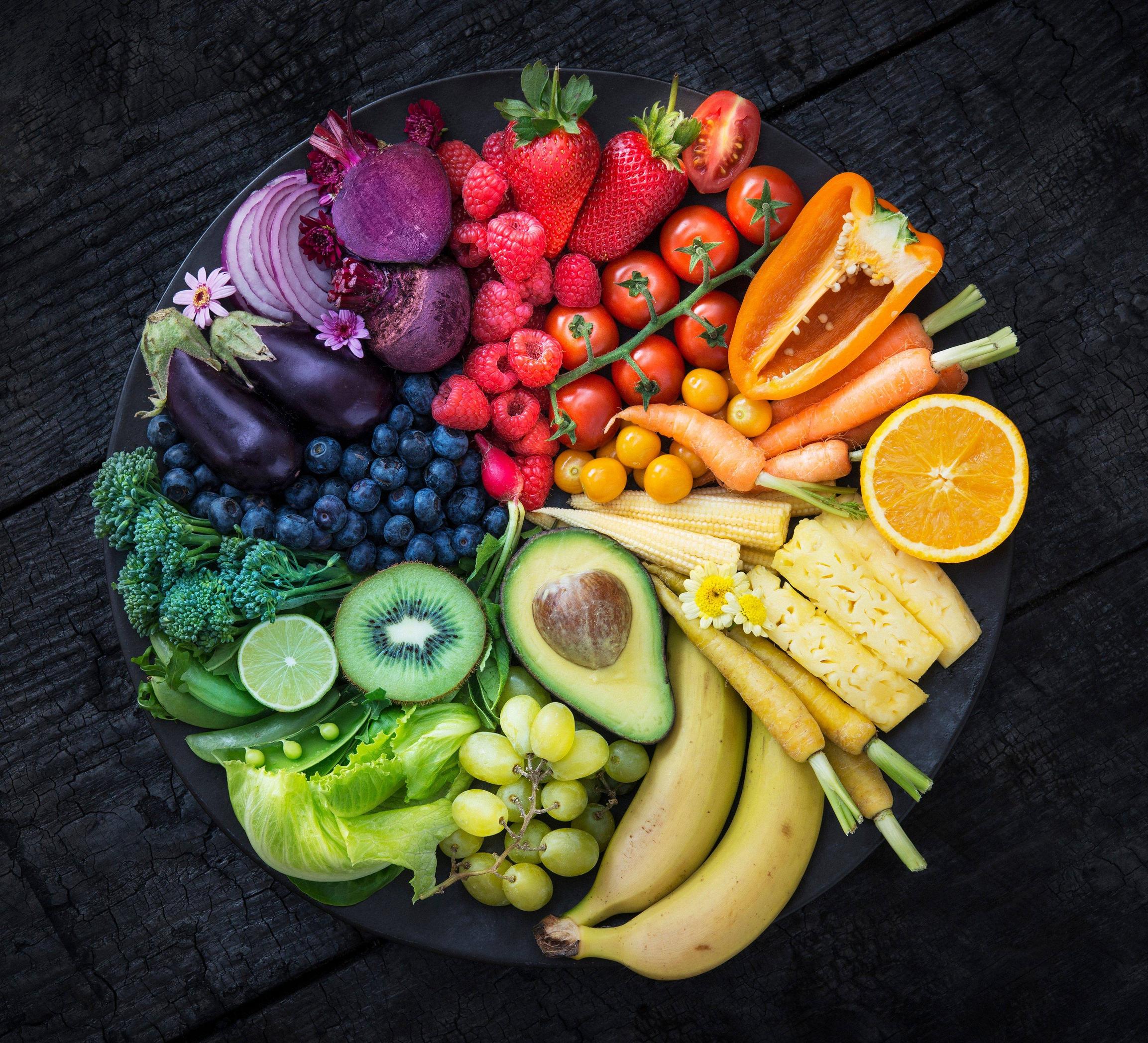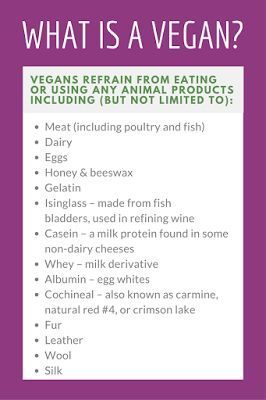
You might be curious as to the differences between vegetables and fruits. Continue reading to find out about their nutritional value and classification. Fruits on the other side have a sweet-tart taste. They are used often as snacks, juices and desserts. They have a different use than vegetables, which are often eaten as a side or main course.
It does not matter whether a tomato can be considered a fruit, or a vegetable.
There are many kinds of tomatoes. They are also some of the easiest vegetables and fruits that you can grow at home. Although it might seem simple, defining tomatoes as vegetables or fruits is not always easy. While there are many uses for this type vegetable, it is crucial to know which one your tomato is.
Let's first discuss the various parts of a tomato. The skin of the tomato is covered with seeds and it is technically considered a fruit. However, the rest of the tomato plant, including the stems, leaves and roots, is classified as a vegetable.

They are high in nutritional value
Both are rich in vitamins but vegetables have less sugar and more fat than fruits. While fruits are sweeter, they have more calories and fiber per kilogram. No matter what your taste preference, eating a wide variety of fruits and veggies is good for you. An adequate intake of both can help with weight loss, blood sugar control, and reducing your risk of developing cardiovascular disease.
According to FAO a significant public health issue is the increasing consumption of fruit and vegetables. This is due in large part to an increase in micronutrient deficiencies, which leads to many nutritional disorders. These deficiencies are caused by a low intake of fruits and vegetables combined with a lack of knowledge about the nutritional value of these foods.
Their taste
Taste is one of the most important characteristics between fruits, vegetables, and other foods. Many people believe that fruits are sweeter than vegetables. Although this may partially be true, there are important differences. While fruits contain more sugar, the simple sugar fructose is a common one, vegetables are milder and have a milder flavor.
Fruits are angiosperms' ripe eggs, while vegetables are edible parts of the plants. While both fruits and veggies contain high levels nutrients, some vegetables have a more distinct flavor. Sometimes tomatoes can be mistaken for vegetables, as they have a sweet flavour.

Their classification
A person's situation can be classified in many ways. A person could be classified as either a manager or executive. One person can also be classified as an educator. These terms can mean many different things to different people. It is important to know the differences between labeling and classification.
There are many levels of classification. The lowest level of classification is called species. This is the highest level. The main criteria that determines where an organism belongs is its ability to breed with others of the same species. The second part of an organism's name is also based on its classification.
FAQ
How does an antibiotic work?
Antibiotics are medications that kill harmful bacteria. The treatment of bacterial infections is done with antibiotics. There are many kinds of antibiotics. Some are taken orally, some are injected, and others are applied topically.
For people who have been exposed, antibiotics are often prescribed. If someone has chicken pox, they might need to take an oral antibiotic in order to prevent shingles. A penicillin injection might be given to prevent pneumonia in someone who has had strep.
Doctors should prescribe antibiotics to children. Children are more likely to experience side effects than adults from antibiotics.
Diarrhea, the most common side-effect of antibiotics, is probably diarrhea. Other side effects that could occur include nausea, vomiting and dizziness. These side effects usually disappear once treatment has ended.
What is the difference between a virus and a bacterium?
A virus is a microscopic organism that cannot reproduce outside its host cell. A bacterium, a single-celled organism, reproduces by splitting into two. Viruses have a very small size (approximately 20 nanometers), while bacteria can grow to a maximum of 1 micron.
Viruses are usually spread through contact with infected bodily fluids, including saliva, urine, semen, vaginal secretions, pus, and feces. Bacteria can be spread by direct contact with infected objects and surfaces.
Viral infections may enter the body through cuts, scrapes. bites and other skin breaks. They can also enter the body through the nose and mouth, eyes, ears or rectum.
Bacteria may enter our bodies through cuts and scrapes on our skin, burns, insect bites, and other wounds. They may also be introduced into our bodies through food and water as well as soil, dirt, dust, and animals.
Both viruses and bacteria can cause illness. But viruses can't multiply within their host. They can only infect living cells and cause illness.
Bacteria can grow in their hosts and cause disease. They can even invade other parts of the body. They can even invade other parts of the body, which is why antibiotics are necessary to eradicate them.
What are the 10 best foods to eat?
These are the top 10 foods to eat.
-
Avocados
-
Berries
-
Broccoli
-
Cauliflower
-
Eggs
-
Fish
-
Grains
-
Nuts
-
Oats
-
Salmon
What weight should I be based on my age and height. BMI calculator and chart
To determine how much weight loss you need, a BMI calculator is your best friend. Healthy BMI ranges between 18.5 to 24.9. You should lose about 10 pounds each month if you are trying to lose weight. Simply enter your height, weight and desired BMI into the BMI calculator to calculate it.
Check out this BMI chart to determine if you are overweight or obese.
Statistics
- According to the 2020 Dietary Guidelines for Americans, a balanced diet high in fruits and vegetables, lean protein, low-fat dairy and whole grains is needed for optimal energy. (mayoclinichealthsystem.org)
- This article received 11 testimonials and 86% of readers who voted found it helpful, earning it our reader-approved status. (wikihow.com)
- WHO recommends reducing saturated fats to less than 10% of total energy intake; reducing trans-fats to less than 1% of total energy intake; and replacing both saturated fats and trans-fats to unsaturated fats. (who.int)
- According to the Physical Activity Guidelines for Americans, we should strive for at least 150 minutes of moderate intensity activity each week (54Trusted Source Smoking, harmful use of drugs, and alcohol abuse can all seriously negatively affect your health. (healthline.com)
External Links
How To
How to live a healthy lifestyle
A healthy lifestyle is one in which you are able maintain your weight and health. It is a lifestyle that involves eating healthy, exercising regularly and avoiding drugs, alcohol, nicotine, and tobacco. A healthy lifestyle will help you feel happy and fit. Additionally, a healthy lifestyle will reduce your chances of developing chronic diseases like stroke, heart disease or diabetes, as well as cancer, osteoporosis, arthritis, and other conditions.
The main goal of this project was to provide a step-by-step guide on how to live a healthier life. The first part of the project consisted of writing the introduction, which explains what a healthy lifestyle is, why people should adopt a healthy lifestyle and who we are. The body paragraphs are a collection of tips on how to live a healthy life. Finally, I wrote the conclusion. It summarises the entire article and offers additional resources, if needed.
I learned how to create a concise and clear paragraph through this assignment. I learned how topic sentences and supporting details were organized. Because I had to locate specific sources and properly cite them, my research skills improved. I also learned proper grammar for writing.